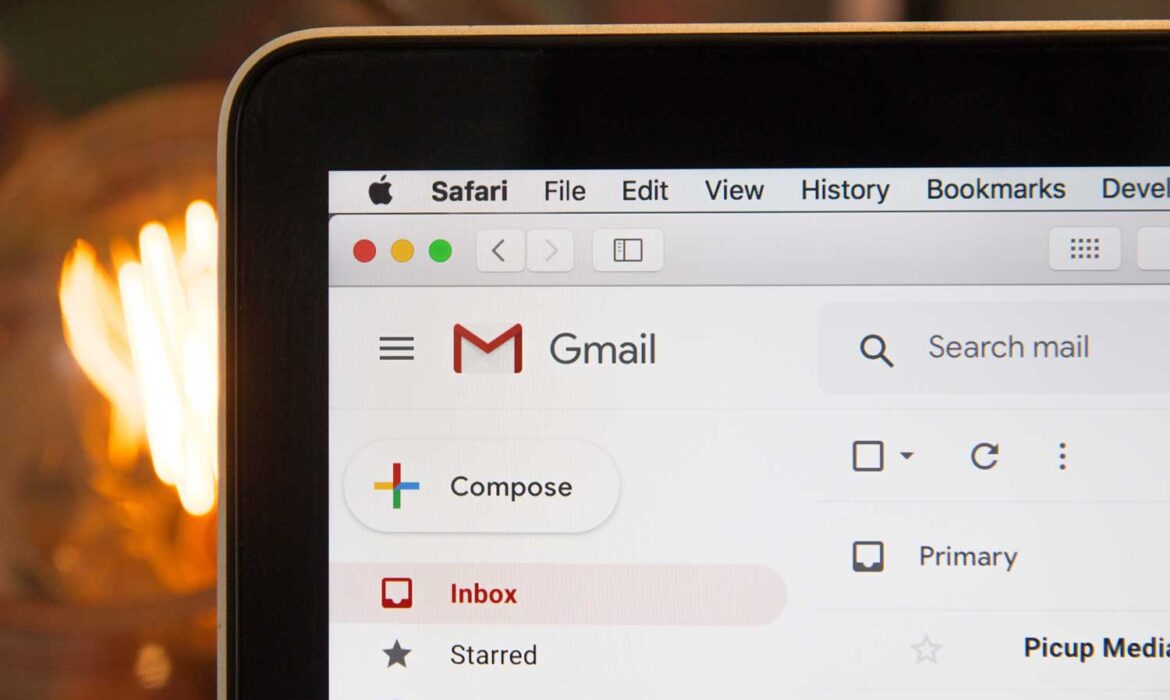In the world of digital marketing, where trends and techniques are ever-evolving, email marketing continues to stand the test of time as a powerful tool for businesses. Crafting compelling email campaigns that convert is not only an art but also a science. In this blog, we’ll explore the intricacies of email marketing and provide you with strategies to create campaigns that engage your audience and drive conversions.
Understanding the Power of Email Marketing
Email marketing remains a cornerstone of digital marketing for several reasons:
- Direct Communication: Email allows you to communicate directly with your audience, which can be more personal and effective than other channels.
- High ROI: Email consistently delivers one of the highest returns on investment (ROI) in digital marketing.
- Segmentation: You can segment your email list to send tailored messages to specific groups of subscribers, making your campaigns more relevant.
Know Your Audience
To create compelling email campaigns, you must have a deep understanding of your audience. Who are they? What are their pain points, interests, and preferences? By collecting and analyzing data, you can segment your email list and send content that speaks to each group’s unique needs.
Craft Engaging Subject Lines
Your subject line is the first thing your recipients see. Make it count. A compelling subject line should be concise, intriguing, and offer a glimpse of the content inside. Experiment with personalization, curiosity, or urgency to capture attention.
Quality Content Matters
Your email content should provide value to your subscribers. Whether it’s educational, entertaining, or promotional, it should resonate with your audience’s interests and needs. Use persuasive, concise, and well-structured copy, and include visuals where appropriate.
Call-to-Action (CTA)
Every email should have a clear and enticing call-to-action. Whether it’s a button to shop, download, sign up, or learn more, your CTA should be prominent, compelling, and aligned with the goal of your campaign.
Mobile Optimization
The majority of emails are opened on mobile devices, so it’s crucial to ensure your emails are mobile-responsive. Test your emails on various devices to ensure a seamless user experience.
A/B Testing
Testing is the key to improving your email campaigns. Conduct A/B tests to compare different elements such as subject lines, content, visuals, and CTAs. This helps you identify what resonates best with your audience and refine your future campaigns.
Personalization
Personalization can significantly enhance the impact of your email campaigns. Use recipient’s names, recommend products or content based on their past interactions, and send personalized offers.
Segmentation and Automation
Segmentation and automation go hand in hand. Use segmentation to categorize your subscribers, and use automation to send targeted emails at the right time. This can include welcome sequences, abandoned cart reminders, and more.
Measure and Optimize
Regularly review the performance of your email campaigns. Track open rates, click-through rates, conversion rates, and other relevant metrics. Use this data to fine-tune your strategy and improve your future campaigns.
Conclusion
Crafting compelling email campaigns that convert is a dynamic process that requires continuous learning and adaptation. When done right, email marketing can be a powerful tool to engage your audience, build customer loyalty, and drive conversions. By understanding your audience, delivering value, and using data to refine your approach, you can harness the full potential of email marketing for your business. Don’t underestimate the impact of a well-crafted email campaign—it can be a game-changer for your marketing strategy.

